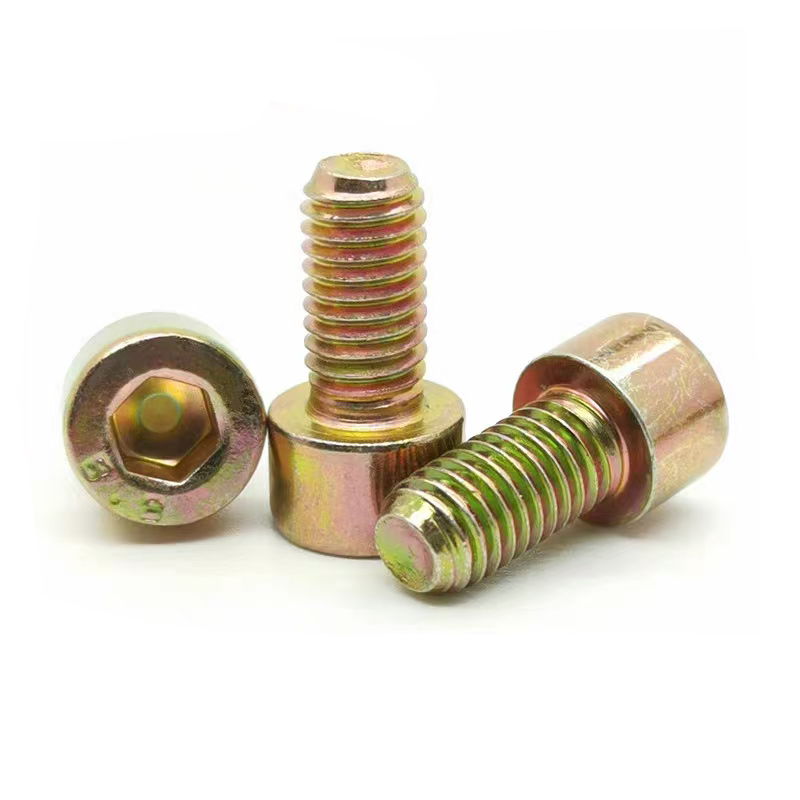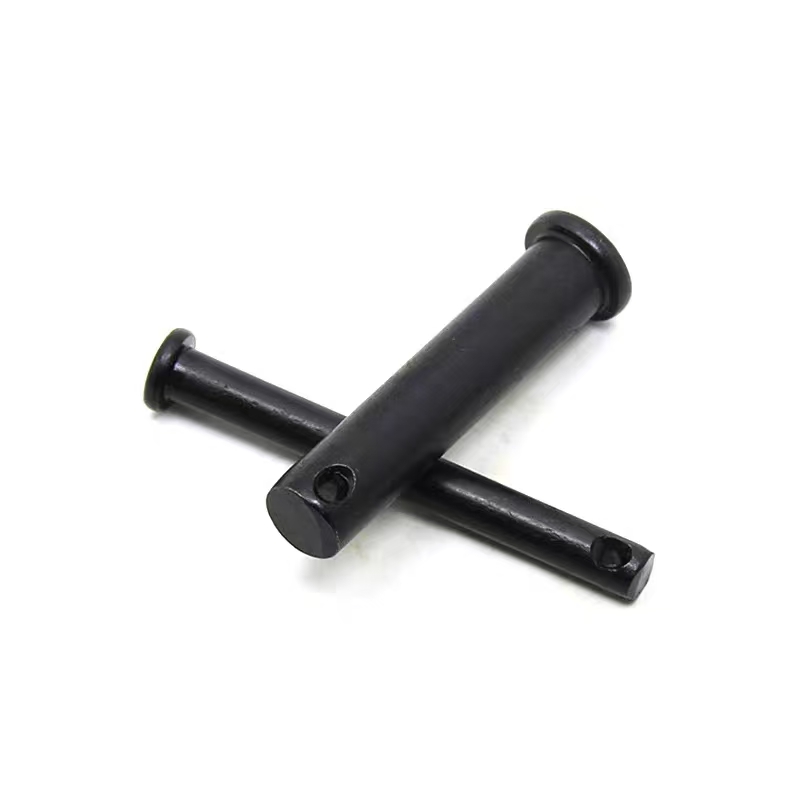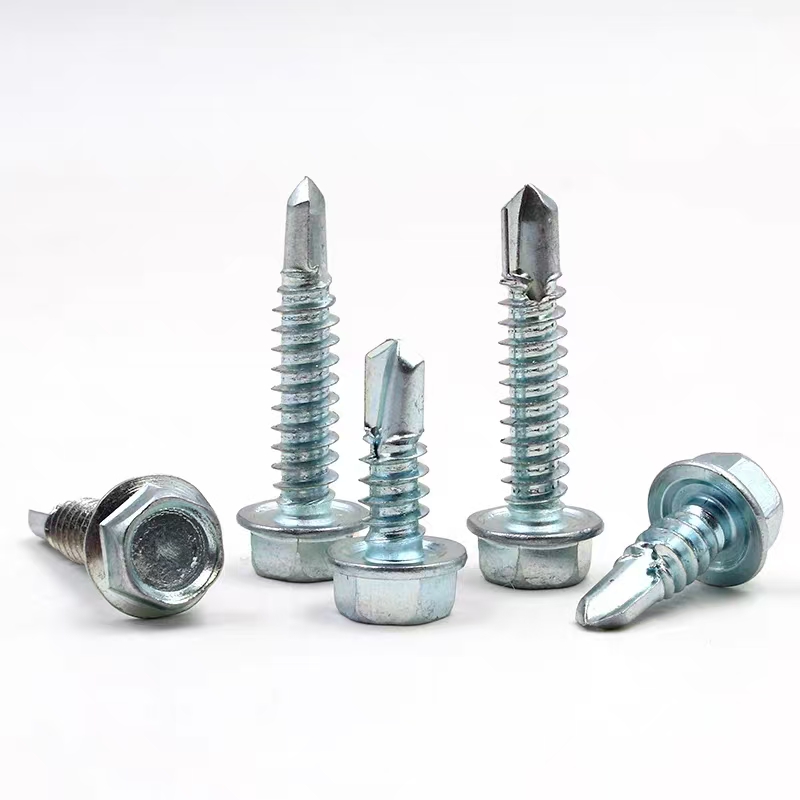- Chinese
- French
- German
- Portuguese
- Spanish
- Russian
- Japanese
- Korean
- Arabic
- Irish
- Greek
- Turkish
- Italian
- Danish
- Romanian
- Indonesian
- Czech
- Afrikaans
- Swedish
- Polish
- Basque
- Catalan
- Esperanto
- Hindi
- Lao
- Albanian
- Amharic
- Armenian
- Azerbaijani
- Belarusian
- Bengali
- Bosnian
- Bulgarian
- Cebuano
- Chichewa
- Corsican
- Croatian
- Dutch
- Estonian
- Filipino
- Finnish
- Frisian
- Galician
- Georgian
- Gujarati
- Haitian
- Hausa
- Hawaiian
- Hebrew
- Hmong
- Hungarian
- Icelandic
- Igbo
- Javanese
- Kannada
- Kazakh
- Khmer
- Kurdish
- Kyrgyz
- Latin
- Latvian
- Lithuanian
- Luxembou..
- Macedonian
- Malagasy
- Malay
- Malayalam
- Maltese
- Maori
- Marathi
- Mongolian
- Burmese
- Nepali
- Norwegian
- Pashto
- Persian
- Punjabi
- Serbian
- Sesotho
- Sinhala
- Slovak
- Slovenian
- Somali
- Samoan
- Scots Gaelic
- Shona
- Sindhi
- Sundanese
- Swahili
- Tajik
- Tamil
- Telugu
- Thai
- Ukrainian
- Urdu
- Uzbek
- Vietnamese
- Welsh
- Xhosa
- Yiddish
- Yoruba
- Zulu
- Kinyarwanda
- Tatar
- Oriya
- Turkmen
- Uyghur

Hot-dip galvanized embedded plate
The Relevance of Hot-Dip Galvanized Embedded Plates in Construction
Hot-dip galvanized embedded plates might not be the first thing that comes to mind when thinking of construction materials, yet their importance cannot be overstated. As essential components in modern construction techniques, they offer durability and resistance to corrosion, crucial factors for long-term structural integrity. But there’s more nuance here than just ticking off a benefits list.
Understanding the Basics
These plates are essentially steel components that have undergone a hot-dip galvanizing process to coat them with zinc. This coating significantly increases their resilience against environmental factors, especially corrosion, which is a prevalent foe in construction projects. In practice, the process provides a sort of insurance, keeping the structural components in pristine condition for a longer period.
Now, one might think: can't other coatings or materials do the same? It's a fair question. However, based on my experience, especially when working with structures in demanding environments like coastal areas, nothing beats the hot-dip galvanization method. The zinc coating acts as a sacrificial anode; it corrodes preferentially to the steel, effectively shielding the core material.
While we’re on the topic, let’s touch on a common misunderstanding. Some believe that a single layer of paint could serve as a substitute. In reality, paint can chip and wear away quite quickly when compared to the robustness of galvanized steel.
The Role of Hot-Dip Galvanized Embedded Plates in Construction
From my time in the field, I’ve noticed the priority often placed on upfront costs rather than long-term investment. It's easy to go for cheaper alternatives, but that often leads to higher maintenance costs down the line. In many high-stakes projects, the long-term savings due to decreased maintenance needs justify the initial investment in quality materials.
These embedded plates provide robust solutions for joining different structural components. They often serve as essential links between steel frameworks and concrete structures, ensuring stability and durability. For instance, during a particular project in a humid region, the strength and resilience of these galvanized plates were pivotal in combating the environmental challenges.
What's worth mentioning is the adaptability of these plates. Whether you’re dealing with high-rise buildings, bridges, or industrial facilities, they can be specifically designed to meet the unique demands of the project, which lends them a versatility that’s hard to overstate.
Challenges and Considerations
While the use of hot-dip galvanized plates is often straightforward, it’s not without its challenges. One notable issue can be found in the logistical and installation phases. For instance, shipping the heavier, coated steel can demand more careful handling than more delicate materials.
Furthermore, during installation, I remember a case where the construction crew needed special attention to detail to avoid damaging the zinc coating, as any scratches could expose the steel to rust. However, experienced hands and eyes can mitigate these risks with a well-thought-through approach and careful handling.
Even finding the right supplier can be key. Companies like Handan Zitai Fastener Manufacturing Co., Ltd. offer a streamlined solution here. Their location in the Yongnian District, which is China’s largest standard part production base, allows for a steady supply line, benefiting from nearby transportation networks like the Beijing-Guangzhou Railway.
Real-Life Applications and Insights
I've had conversations with engineers and contractors who emphasize the role of galvanized plates in high-risk applications. Industrial facilities where chemicals or coastal locations meet saltwater are notable examples where these materials truly shine.
In fact, recently during a visit to a coastal power plant, the engineers expressed their relief at having opted for hot-dip galvanized solutions. The operational challenges posed by the salt-rich environment underscored their choice's wisdom.
Despite any potential hurdles, the consensus tends to lean towards embracing the technology. It’s a testament to the quality and reliability of such solutions, which Handan Zitai Fastener Manufacturing Co., Ltd. also advocates through their specialized manufacturing processes.
Future Perspectives
As construction techniques evolve, it’s clear that hot-dip galvanized embedded plates will hold their place. They’re evolving too, becoming more efficient and tailored to meet the diverse needs of modern projects. I foresee increased customization capabilities that cater to specific architectural needs without compromising structural integrity.
Ultimately, the industry seems poised for a deeper integration of these solutions, driven by the twin demands for sustainability and durability amidst changing environmental and economic conditions.
In conclusion, having worked closely with such materials, I’m convinced of their essential role. The balance of upfront cost and long-term savings is something any project manager or engineer needs to weigh. As the market and technology progress, our strategies will only get sharper, navigating these choices with ever-greater precision and insight.
Related products
Related products
Best selling products
Best selling products-
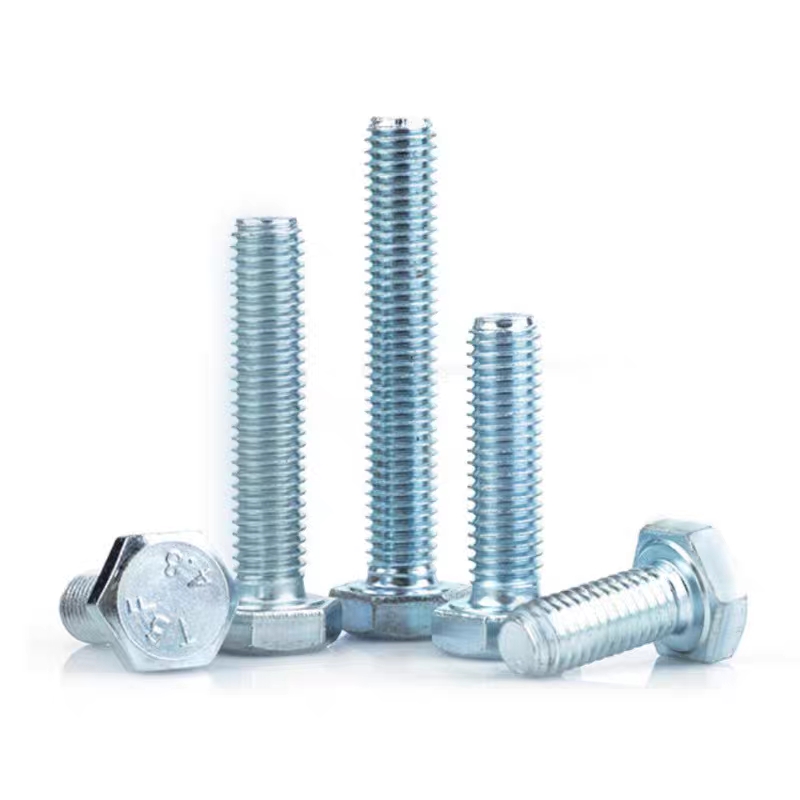 Electrogalvanized hexagonal bolts
Electrogalvanized hexagonal bolts -
 Electrogalvanized nuts
Electrogalvanized nuts -
 Electrogalvanized hinge bolts
Electrogalvanized hinge bolts -
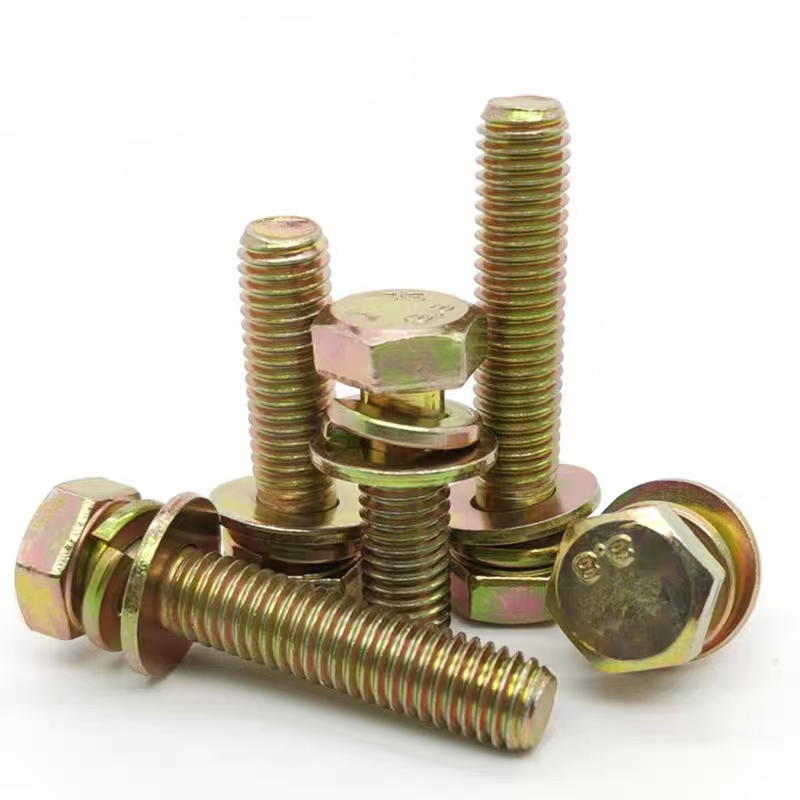 Colored zinc plated hexagonal bolts
Colored zinc plated hexagonal bolts -
 Colored galvanized hexagonal drill tail wire
Colored galvanized hexagonal drill tail wire -
 Colored zinc-plated gaskets
Colored zinc-plated gaskets -
 Electrogalvanized cross countersunk drill thread
Electrogalvanized cross countersunk drill thread -
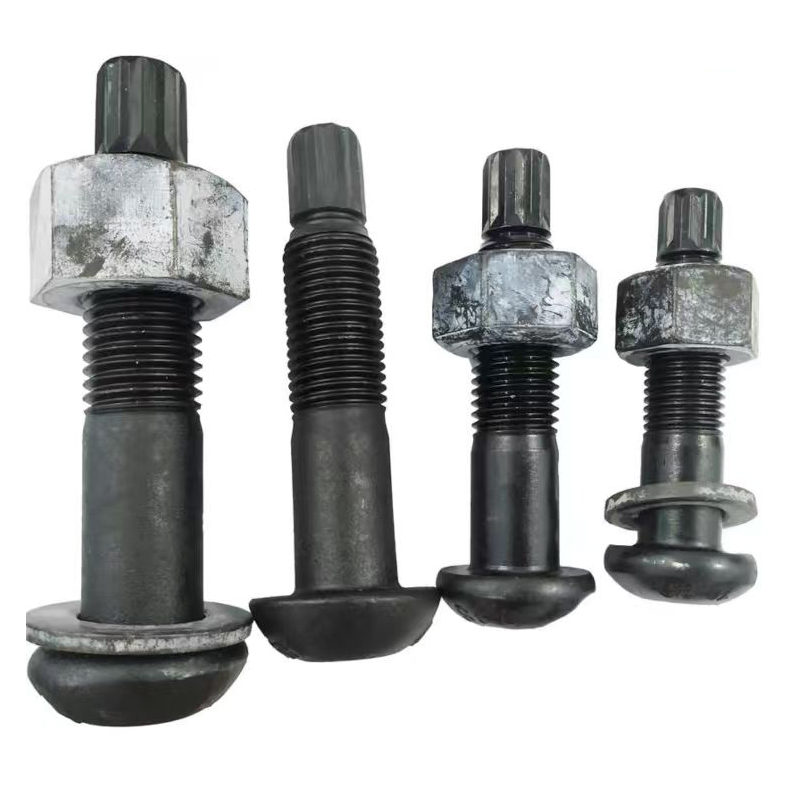 10.9S Torsion Shear Bolts
10.9S Torsion Shear Bolts -
 Electrogalvanized expansion bolts
Electrogalvanized expansion bolts -
 Stud bolts
Stud bolts -
 Colored zinc-plated expansion hook
Colored zinc-plated expansion hook -
 Welding nails
Welding nails


